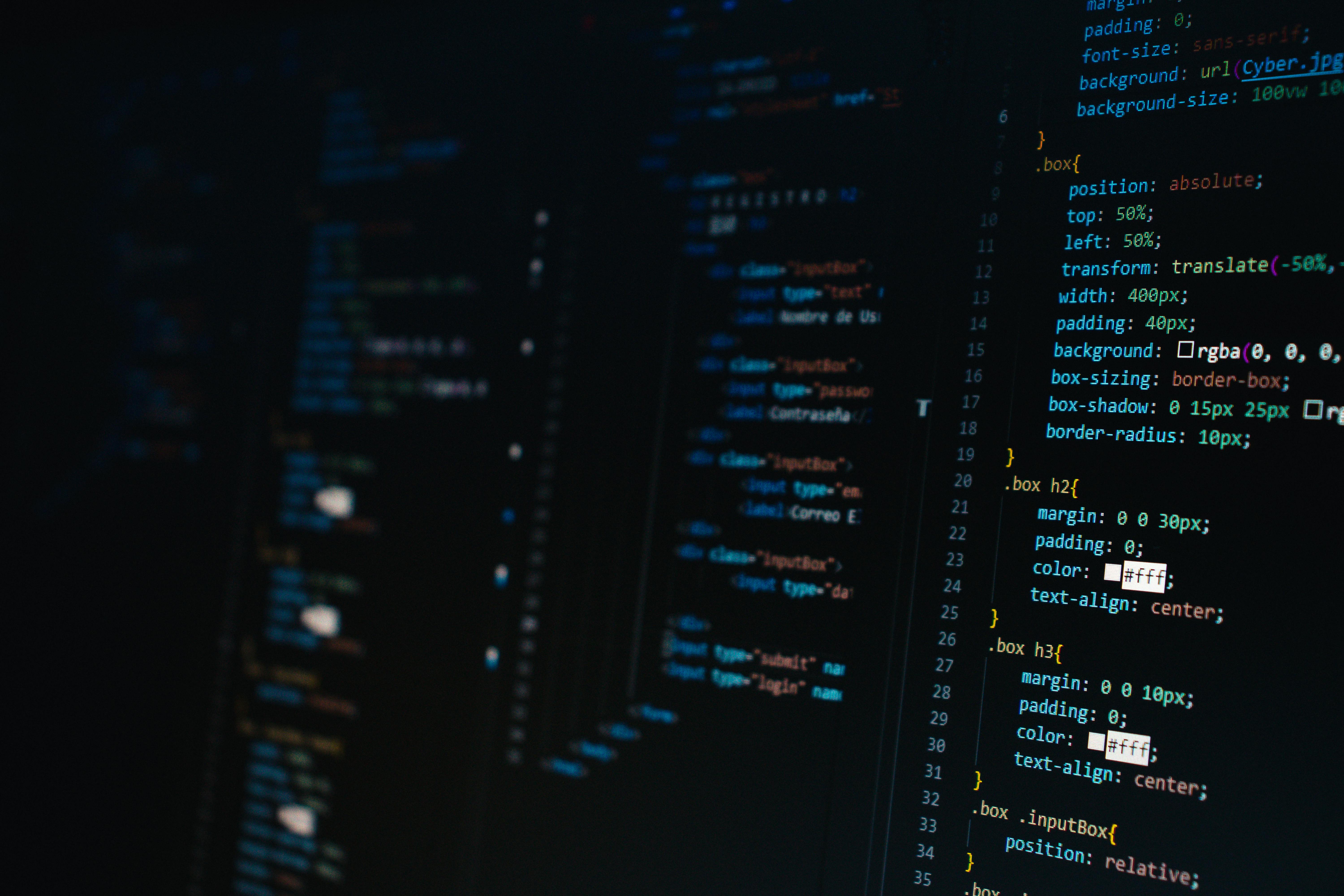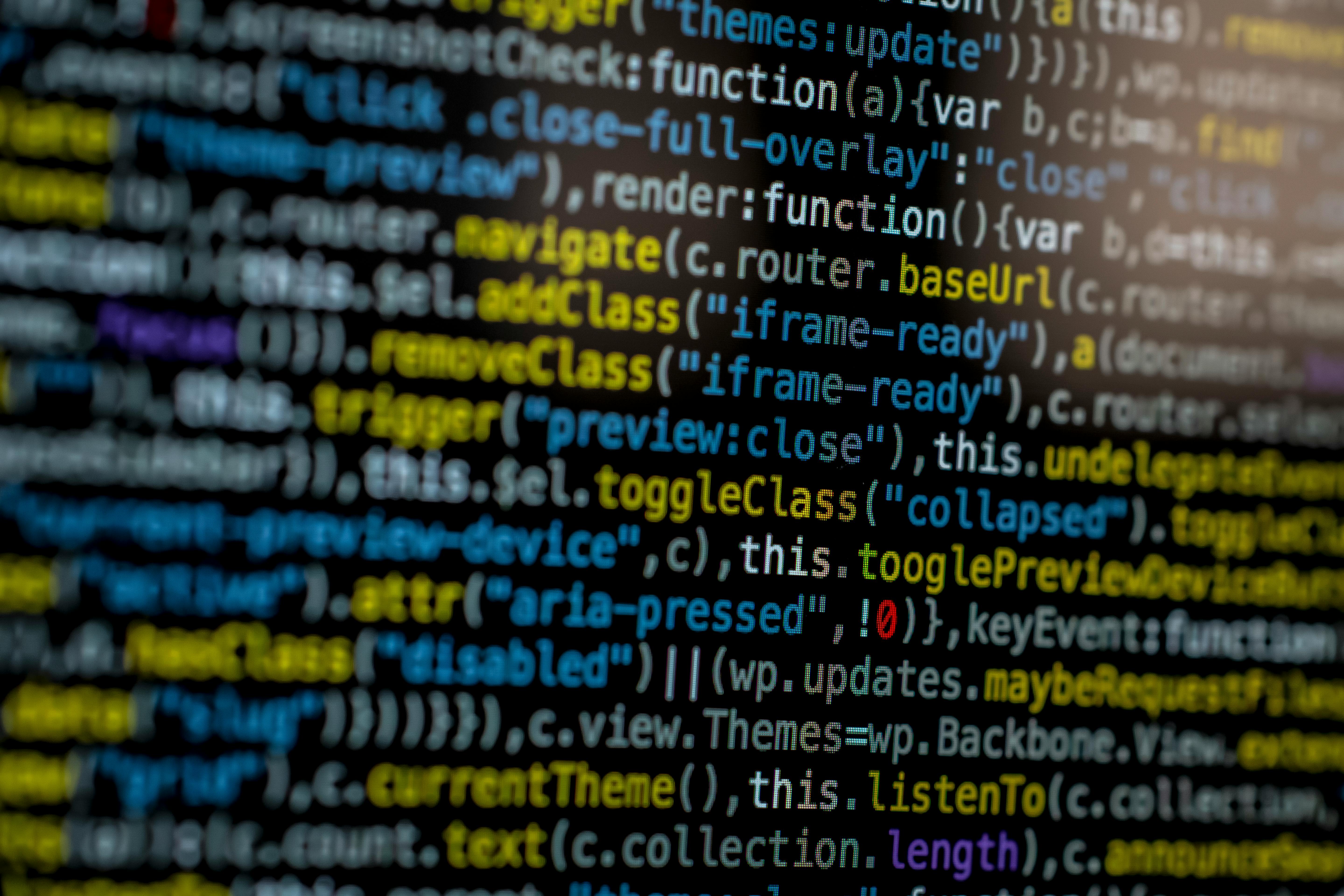| Name : Jony Devnath |
| ID : 0222310005101032 |
| Batch : 43rd |
| Semester : 3rd |
| Section : A |
The objective of this lab was to create a basic replica of the Facebook page interface using HTML and CSS.
The lab resulted in the successful creation of a basic Facebook page clone using HTML and CSS. The webpage closely resembled the layout and design of the original Facebook interface, with functional navigation and stylized post elements.
While the created webpage achieved the visual appearance of a Facebook page, it lacked dynamic functionalities such as user authentication, real-time updates, and interaction with a backend server. To fully replicate the functionality of Facebook, additional programming languages such as JavaScript for interactivity and server-side languages like PHP or Node.js or Django for backend processing would be required.
Through this lab, a foundational understanding of web development using HTML and CSS was gained. Further exploration into client-side and server-side scripting will be necessary to enhance the functionality of the webpage and create a more comprehensive social media platform.

The objective of this lab was to implement JavaScript functionalities that enhance user interactivity on a web application. Specific tasks included creating dynamic behaviors such as form validation, preloader management, sidebar toggling, smooth scrolling, and toggling the display of multiple lab reports.
The implementation of these JavaScript functionalities resulted in a significantly more interactive
web
application:
Form Validation: Users receive immediate feedback for incorrect login credentials,
enhancing
security
and usability.
Preloader Management: The preloader visually indicates the loading status,
improving the user
experience.
Sidebar Toggling: The sidebar can be easily shown or hidden, making navigation more
intuitive.
Smooth Scrolling: Provides a visually appealing and user-friendly navigation
method.
Toggle Display of Lab Reports: Users can selectively view or hide specific lab
reports, improving
organization and readability.
Future improvements could include adding more complex JavaScript functionalities, such as AJAX for dynamic content loading, integrating third-party APIs for additional features, and implementing client-side data storage using localStorage or sessionStorage. Animations for smoother transitions when showing or hiding content and visual feedback for the active report section could further enhance the user experience.
This lab demonstrated the power of JavaScript in enhancing web interactivity and user experience. By integrating functionalities such as form validation, preloader management, sidebar toggling, smooth scrolling, and toggling the display of lab reports, the web application became more interactive, user-friendly, and efficient. Further exploration into advanced JavaScript techniques and libraries will allow for even more sophisticated web applications.
